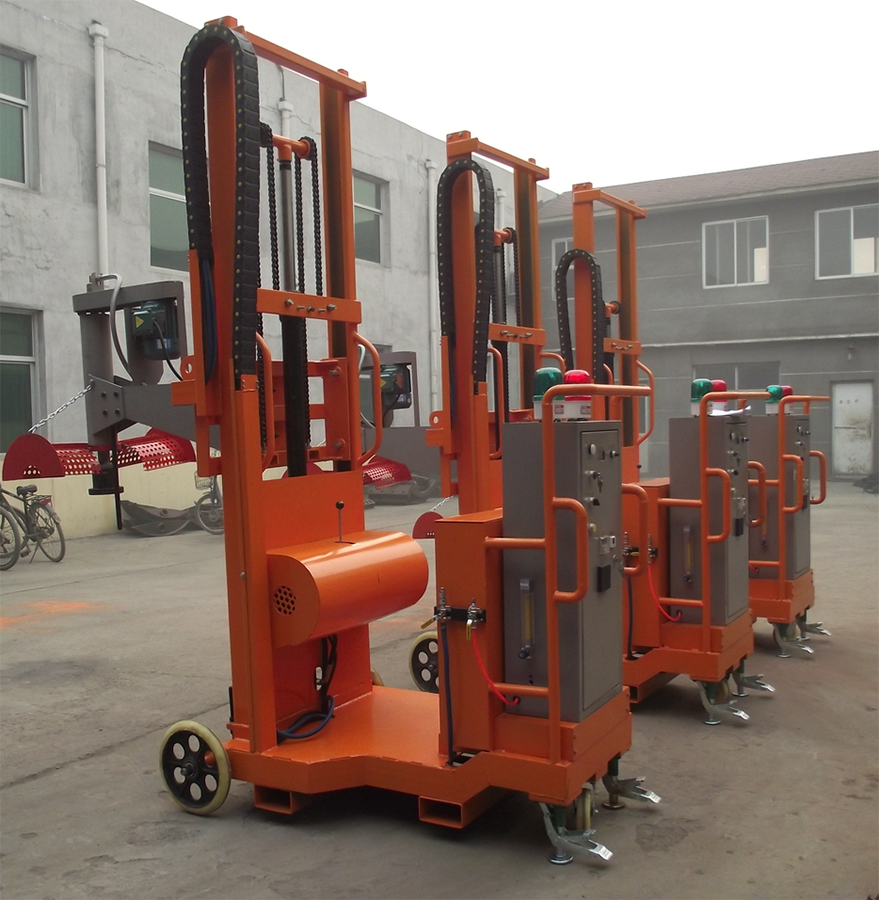

nóv . 19, 2024 05:01 Back to list
How Do You Dispose of E-Waste?
In our increasingly digital world, electronic waste, commonly known as e-waste, has become a pressing environmental concern. E-waste encompasses a wide variety of discarded electronic devices, including smartphones, computers, tablets, televisions, and other consumer electronics. With the rapid pace of technological advancement, the number of electronic devices being discarded is soaring. Properly disposing of e-waste is not only crucial for conserving resources but also for protecting the environment and human health.
First and foremost, it's essential to understand the dangers posed by e-waste. Many electronic devices contain hazardous materials such as lead, mercury, cadmium, and flame retardants. When these devices are improperly disposed of, they can leach toxic substances into the soil and water, posing significant risks to ecosystems and human health. Furthermore, e-waste can contribute to air pollution when burned, releasing harmful toxins into the atmosphere. Given these dangers, responsible disposal methods are paramount.
How Do You Dispose of E-Waste?
Before taking your old electronics to a recycling center, it’s important to consider data security. Many devices, such as smartphones and computers, store sensitive personal information. Before recycling your device, make sure to back up your data and perform a factory reset to erase any personal information. If you’re unsure about how to wipe your device clean, refer to the manufacturer’s guidelines or seek professional help.

In addition to traditional recycling, several manufacturers and retailers offer take-back programs. These programs allow consumers to return their old electronics directly to the manufacturer or retailer, which can provide a convenient and often free way to properly dispose of e-waste. Major companies like Apple, Best Buy, and Dell have established these programs, making it easier for consumers to participate in responsible disposal.
For those who wish to hold on to their old electronics a little longer, donating them is a viable option. Many organizations accept used electronics, which can be refurbished and given a second life. Items that are still functional can be donated to schools, charities, or community centers, helping to bridge the digital divide for those who may not have access to technology. However, it is important to ensure that the devices are in working condition and that any personal data has been securely wiped before donating.
If recycling or donating isn’t feasible, some local governments provide e-waste collection events. These events allow residents to drop off their old electronics at designated locations on specific days, ensuring safe disposal. Check with your local waste management facility for scheduled events or permanent drop-off locations for e-waste.
Lastly, awareness and education play significant roles in proper e-waste disposal. Communities should be informed about the hazardous nature of e-waste and the importance of recycling. Schools, local organizations, and regular community workshops can help raise awareness about e-waste issues and promote responsible disposal practices.
In conclusion, as we continue to adopt new technologies, the importance of responsible e-waste disposal cannot be overstated. By taking proactive steps—recycling, participating in take-back programs, donating, or attending e-waste collection events—you can contribute to a more sustainable future. With each electronic device that is properly disposed of, we protect our environment, conserve valuable resources, and promote a healthier planet. Remember, responsible disposal is not just an individual commitment, but a collective responsibility that benefits us all.
Latest news
Troubleshooting Common Eddy Separator Problems
NewsJul.04,2025
The Role of Metal Recycling Plants in Circular Economy
NewsJul.04,2025
The Impact of Recycling Line Pickers on Waste Management Costs
NewsJul.04,2025
Safety Features Every Metal Shredder Should Have
NewsJul.04,2025
How Industrial Shredders Improve Waste Management Systems
NewsJul.04,2025
How Cable Granulators Contribute to Sustainable Recycling
NewsJul.04,2025